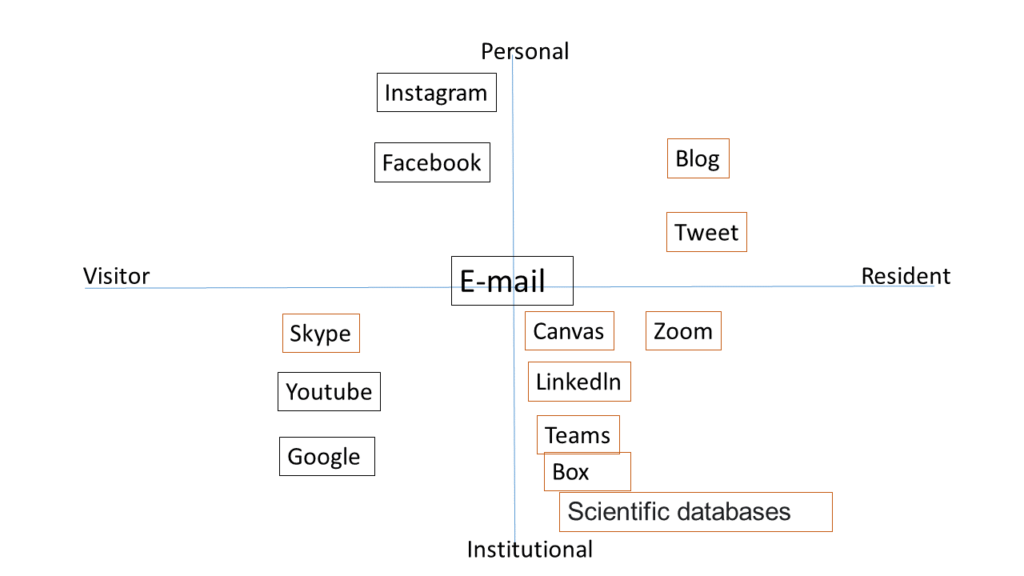Who am I when it comes to digital literacy?
Well, I do not belong to generation Z, adolescents that were born in the 90s, and grew up with the internet. My digital experience began in 2003 when I, as a teacher, started using a digital platform called First Class for distance education. For educational purposes, I have also used the platform It´s learning, and now it is Canvas. The digital communication tool with colleagues and students has primarily been e-mail or Skype. A few years ago, I got Facebook and Instagram accounts for social contact with my friends. That is why I consider myself a digital immigrant in the digital places.
During the 2000s, the TH-program was among the first programs at my university that had distance education, and sometimes I lacked opportunities for technical solutions, such as tools for teaching and exams at a distance. About 10 years ago, a pedagogical development began at the university. Teachers were encouraged to use both synchronous and asynchronous pedagogy so called “blended learning”.
Digital development is very fast, and I think my university is at the forefront when it comes to online pedagogy. Therefore, when restarting the TH-program, it was an easy decision to make that teaching still should be distance learning. I also decided that I needed to study online pedagogy to increase my digital knowledge and digital skills.
Right now, I consider myself more of a visitor than a resident on the internet. New digital tools that I have started to learn are how to write a blog and tweet chat as well as digital tools like Coggle and Miro. This means I am in the bottom of the pyramid of Online participation “I have tried” but is far away from the top of the pyramid there I can call myself “I am an online participator and have a digital identity”.
